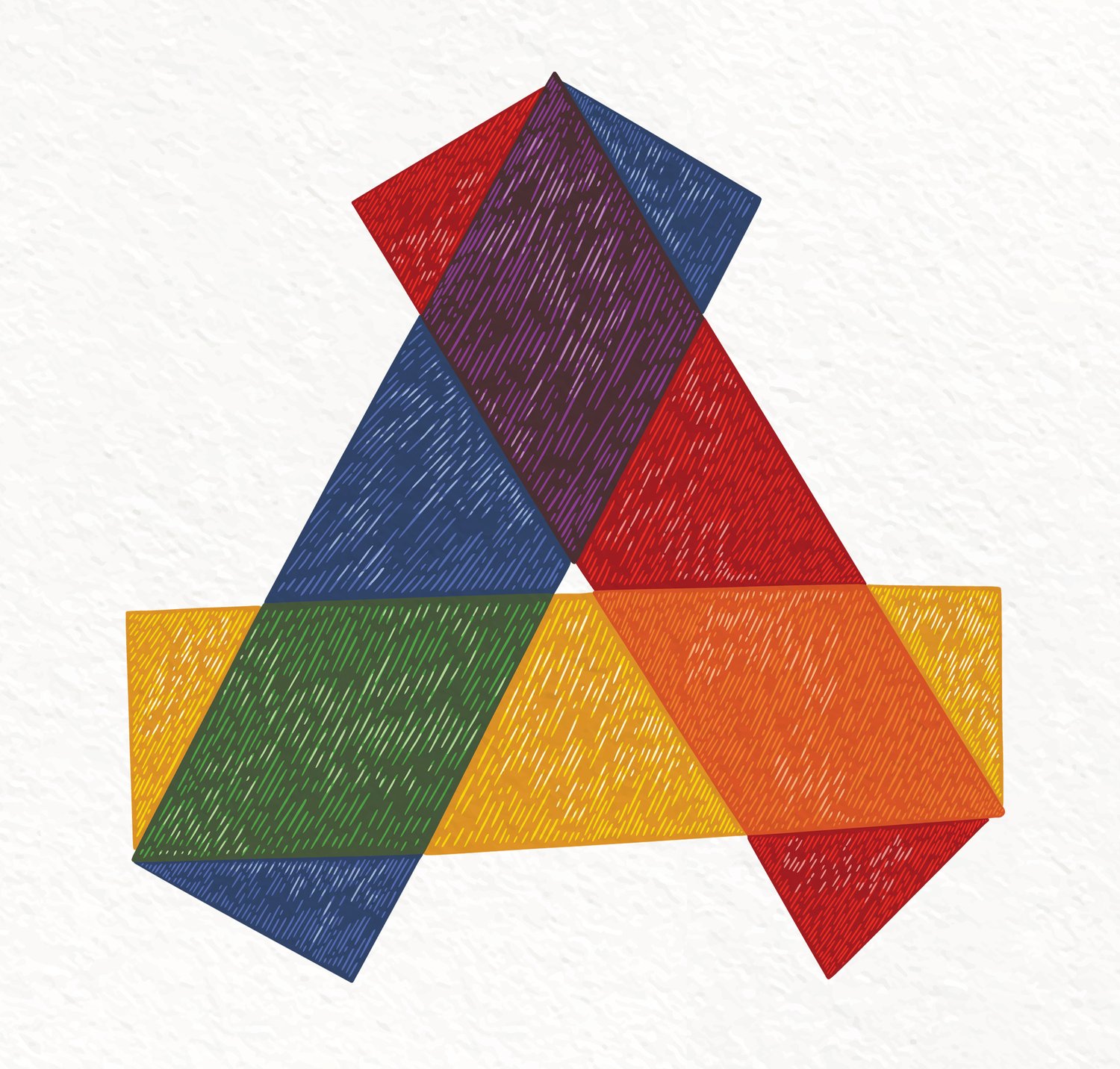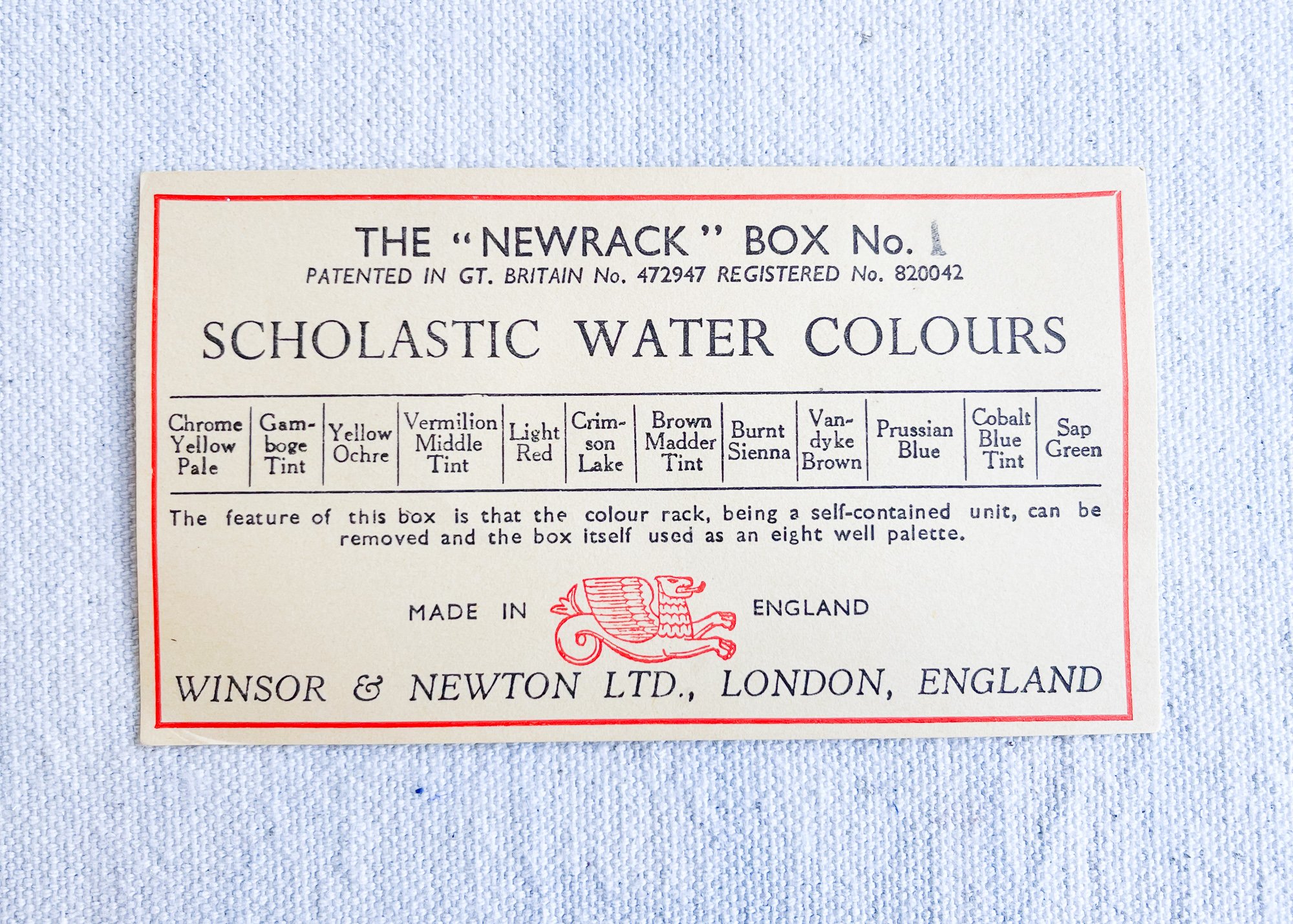A Spotlight on Colour Charts
Distinct from the colour wheel, the colour chart or colour wash chart is a promotional showcase and sales device for the manufacturer, and a reference and buying guide for the artist. They are also marvellous pieces of paper ephemera that can look spectacular framed and mounted on a studio wall. As pure expression of colour, they cannot fail to delight. As a piece of art history, they are invaluable.
Winsor & Newton 1950s’ water colour chart
When artists’ colourmen moved from supplying pigments to prepared oil and watercolours they needed a way to represent their particular mixtures to the buyer. Theoretically pigments should appear the same (although this is not always the case due to the quality of the raw pigment), though the quantity of pigment and the type of binder as well as the makers aesthetic decisions would affect the final product. As product lines grew to include inks, colours for designers and more cost effective paint lines for the hobbyist, the need for colour charts that illustrated their particular properties grew.
Reeves Dalston Colourworks, 1910. I should imagine that the filling room had a small space dedicated to making colour charts
Today colour charts are most often digital files on the internet, although there are a few companies that still provide handmade colour charts, Cornellisen being one of them, Jackson’s another. Digital colour charts are a poor substitute for the handmade chart.
Winsor & Newton Winton machine printed colour chart from the 1990s
Before sales moved online, companies produced printed charts with their mail order catalogues. Again, these were a poor relation, the colours limited by the printing process and disconnection from the actual pigment.
Winsor & Newton machine printed Artists’ Oil Colour chart from 1992
Reasons why handmade colour charts are the ultimate reference tool for the artist :
1. The solid pan or colour printed on a paint tube does not accurately represent the colour when in use.
2. They highlight the properties of the different artistic mediums such as watercolour, oil or gouache.
3. They serve as an introduction to shades or colours not previously considered by the artist.
4. They demonstrate the variation in shades of the same colour between different manufacturers.
5. Historical charts provide a comparison with today’s modern colour palette and demonstrate the scientific developments of the last one hundred years.
Lefranc pastel colour chart
The colour charts The Arqivist sells can be used to inspire you to move towards a colour palette used by artists in the 19th and early 20th century, rather than the bright synthetic colours produced today. They can also act as inspiration to create your own colour charts and wash tests. For more inspiration visit Jane Blundell’s website. Jane is the master of all things watercolour and her website has an encyclopaedic conglomeration of watercolour tests and colour wash charts.
A beautifully designed water colour chart, without the colour! Possibly dating from the 1950s






